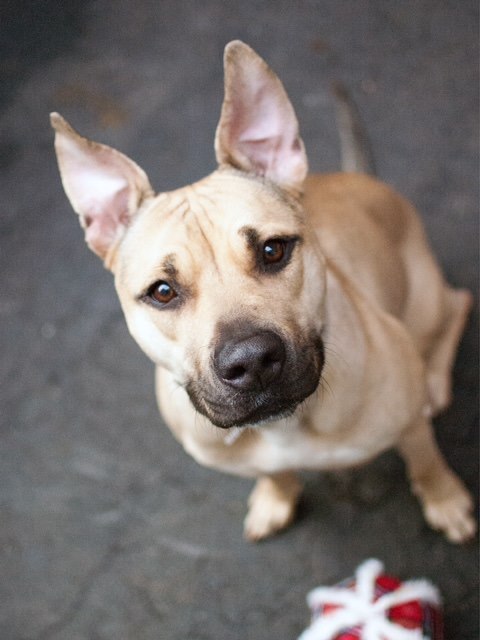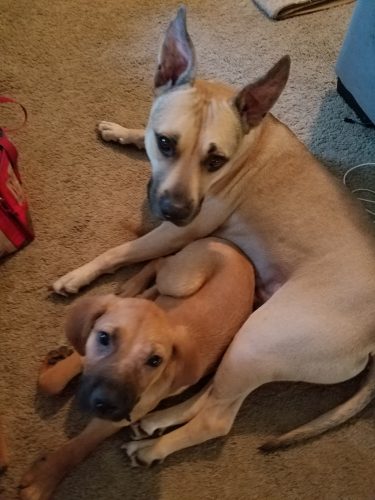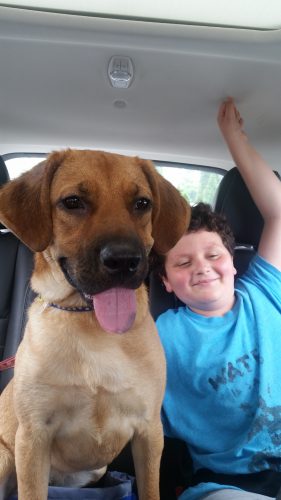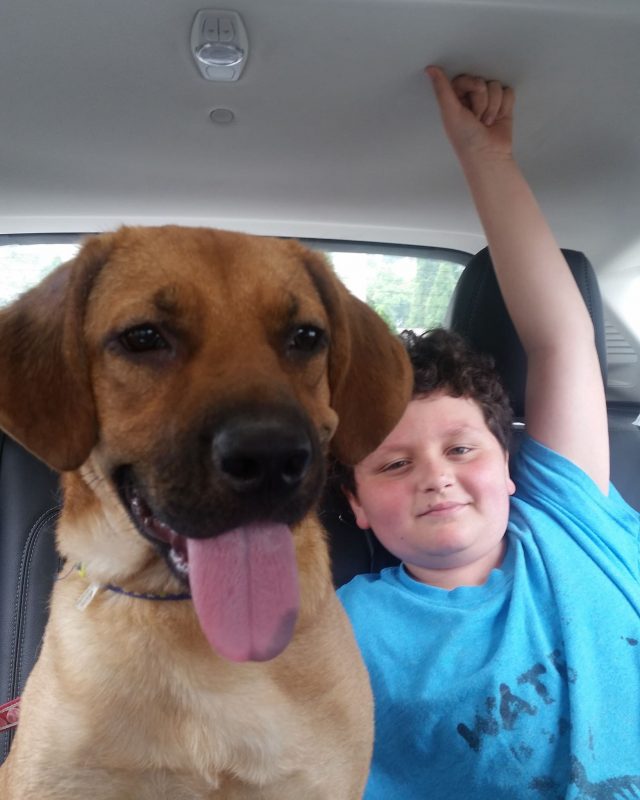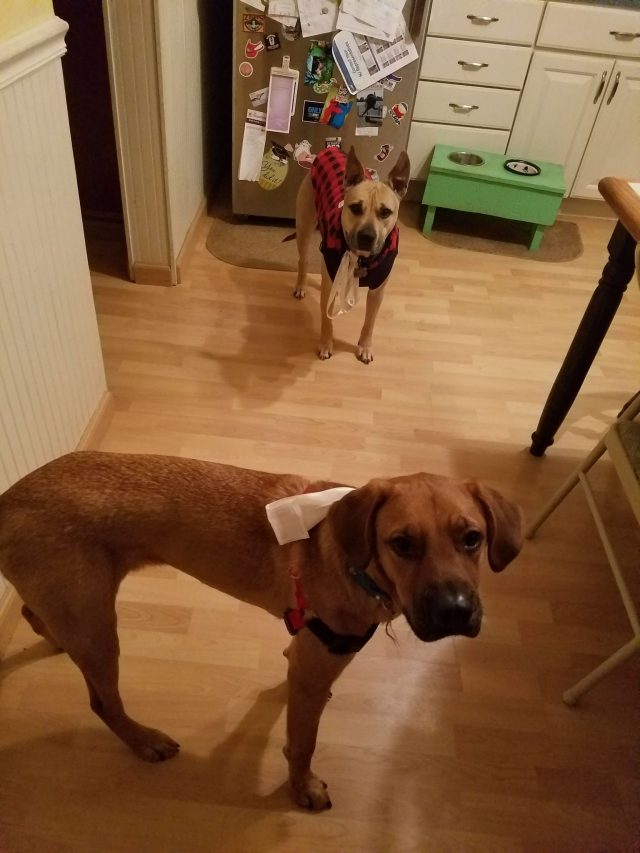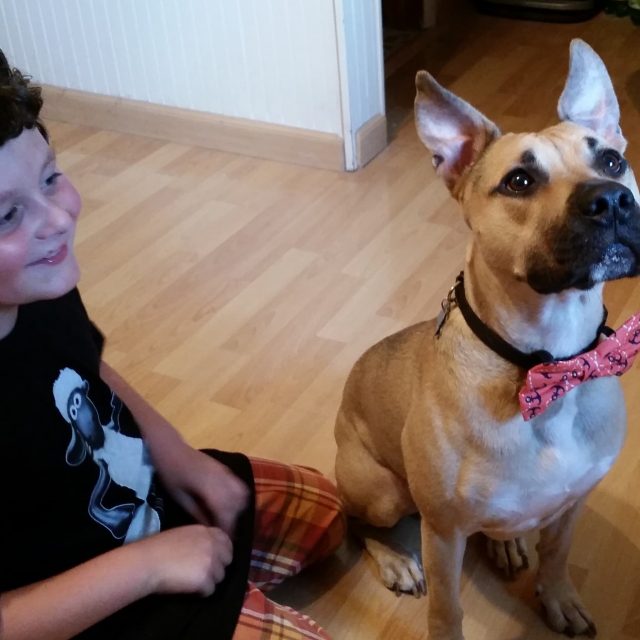American Tortoise Rescue, the international nonprofit for turtle and tortoise protection, is asking consumers to not buy live animals, especially turtles and tortoises as gifts this holiday season. Adopt don’t shop.
According to Susan Tellem, co-founder of the sanctuary, while these wonderful reptiles have outlived the dinosaurs, wide spread illegal smuggling and the commercial pet trade in turtles and tortoises has devastated wild populations worldwide. Many once thriving species are now threatened or endangered. Worse, some are now extinct.
“The pet industry thrives on small, adorable exotic animals with a big price tag,” Tellem says. “What we are recommending is to avoid impulse buys. We understand the appeal of an adorable two inch baby turtle!” Tellem adds, “But most animal rescues have many turtles and tortoises ready for adoption to good homes.”
Tellem gives five reasons why people shouldn’t buy a turtle or tortoise.
- Reptiles are boring. Parents shouldn’t expect their kids to find everlasting enjoyment in an animal that basically sits still most of the day sunning itself. Many kids tire of a turtle in a tank and don’t want to clean the habitat and change the water daily. Turtles and tortoises poop, Tellem reminds everyone.
- Most turtles and many tortoises hibernate during fall and winter. It’s unnatural for them to be awake and available for sale when they should be sleeping from about October through April. It’s cruel to sell wild animals that need to hibernate to stay healthy.
- Turtles and tortoises confined in tanks are miserable. It’s like a human spending their entire life in a bathtub Tellem says. The only proper habitat for these reptiles is outside. Natural sun exposure helps maintain a healthy shell and is necessary for the animal to grow and thrive. During hibernation, most reptiles can stay outside in shelters that are dry and predator proof.
- Adoption is the ideal option, Tellem says. During the spring and summer, when the animals are awake, rescues help place them in good “forever homes” with proper habitats. In many cases, there is no charge to adopt, only the promise that the animal will be given exceptional care for the rest of its life.
- Turtles can easily live 25 years or more and tortoises can top 100 years. An impulse buy without a thought to the future is not in the best interest of the animal, Tellem says. Plans need to be made in wills and with family members since the animals can outlive their owners. Most people don’t think about that when they buy an animal.
Tellem, who founded the nonprofit 27 years ago with her husband, Marshall Thompson, says, “Many owners assume that when the tortoise becomes a problem, zoos will take them. This is simply not true. Zoos are not interested in cast-off pets.”
She adds that a domesticated pet cannot be put back into the wild. It will die or introduce disease into an already precarious wild ecosystem. In many states, it is also illegal.
Tellem says that the option of placing the animal with a rescue is not always the answer, as her rescue is full as are most others. The best solution is to find a compassionate adopter who is willing to give a proper “forever home” to the pet. There are many national rescue organizations listed on www.tortoise.com which can facilitate adoptions if people are interested in getting an animal.
One way to enjoy a turtle or tortoise without harming them is to make a donation to a nonprofit like American Tortoise Rescue. “This allows us to educate people and care for the ones that are ill in our sanctuary. If a donor makes a $100 donation or more, we send them an adoption certificate featuring one of our permanent residents, and it’s good for one year. People enjoy that because they can care for the animal vicariously,” Tellem says.
American Tortoise Rescue, Malibu, Calif., is a nonprofit founded in 1990 to provide for the protection of all species of tortoise and turtle. For more information, contact: American Tortoise Rescue at www.tortoise.com ; or email info@tortoise.com . Follow on Twitter @tortoiserescue and on Facebook. Tellem started World Turtle Day® 17 years ago which is now celebrated globally (and is trademarked). Find out more at www.worldturtleday.org and on Facebook and twitter. Here’s a list of rescues in the U.S and elsewhere http://www.tortoise.com/need-
